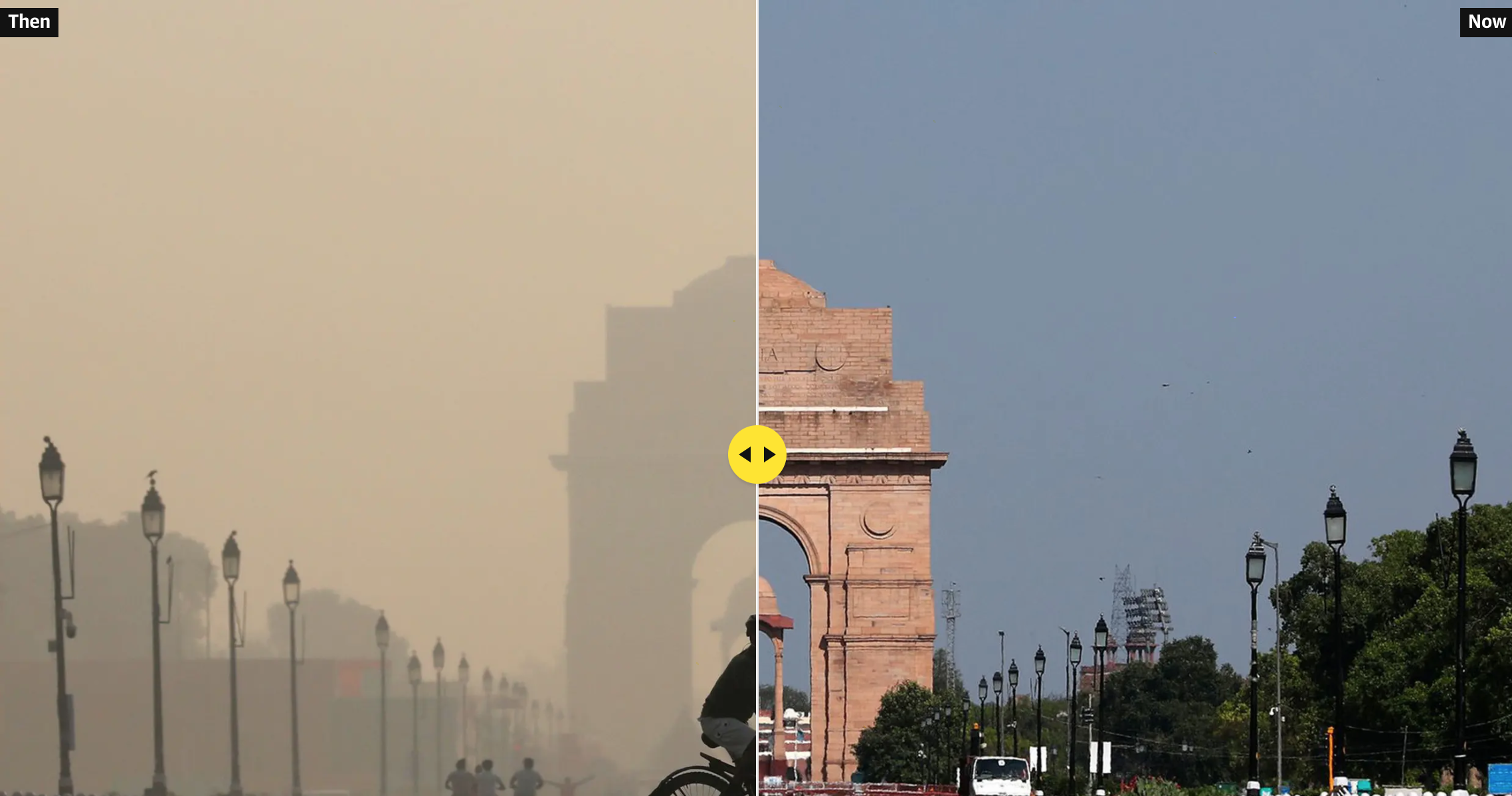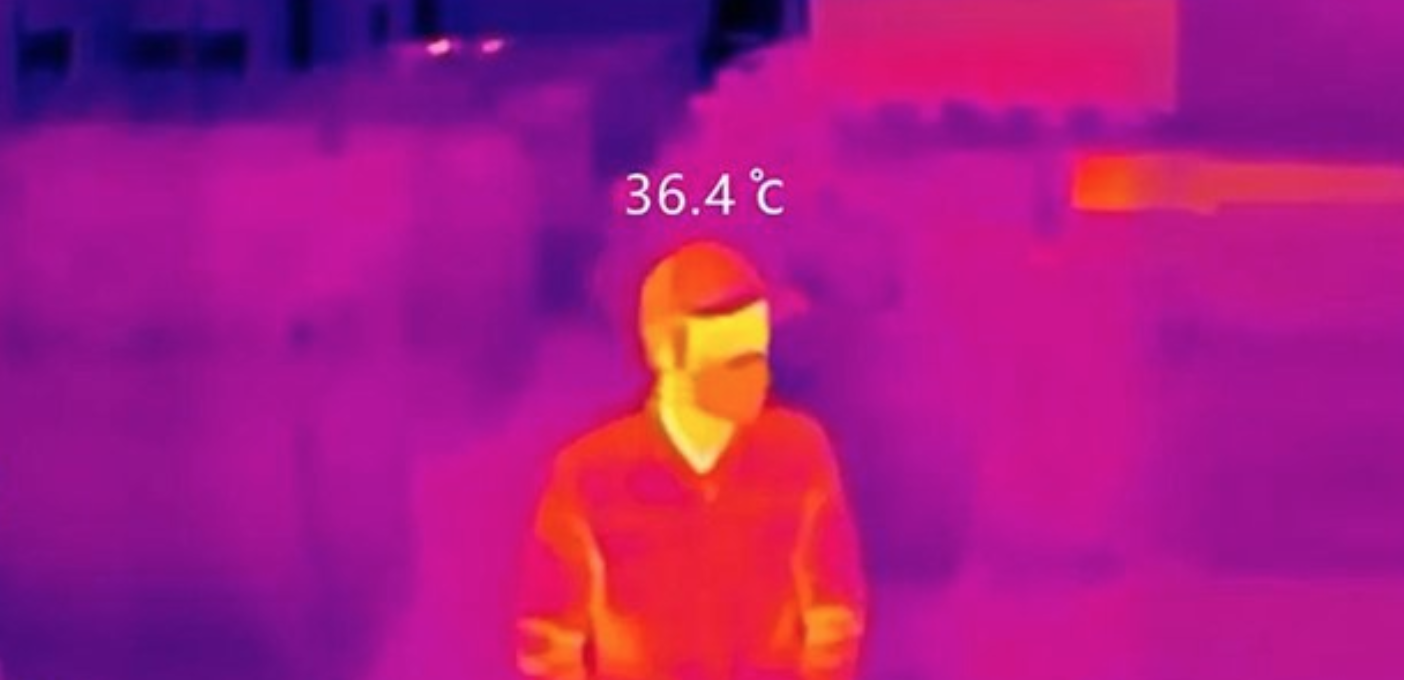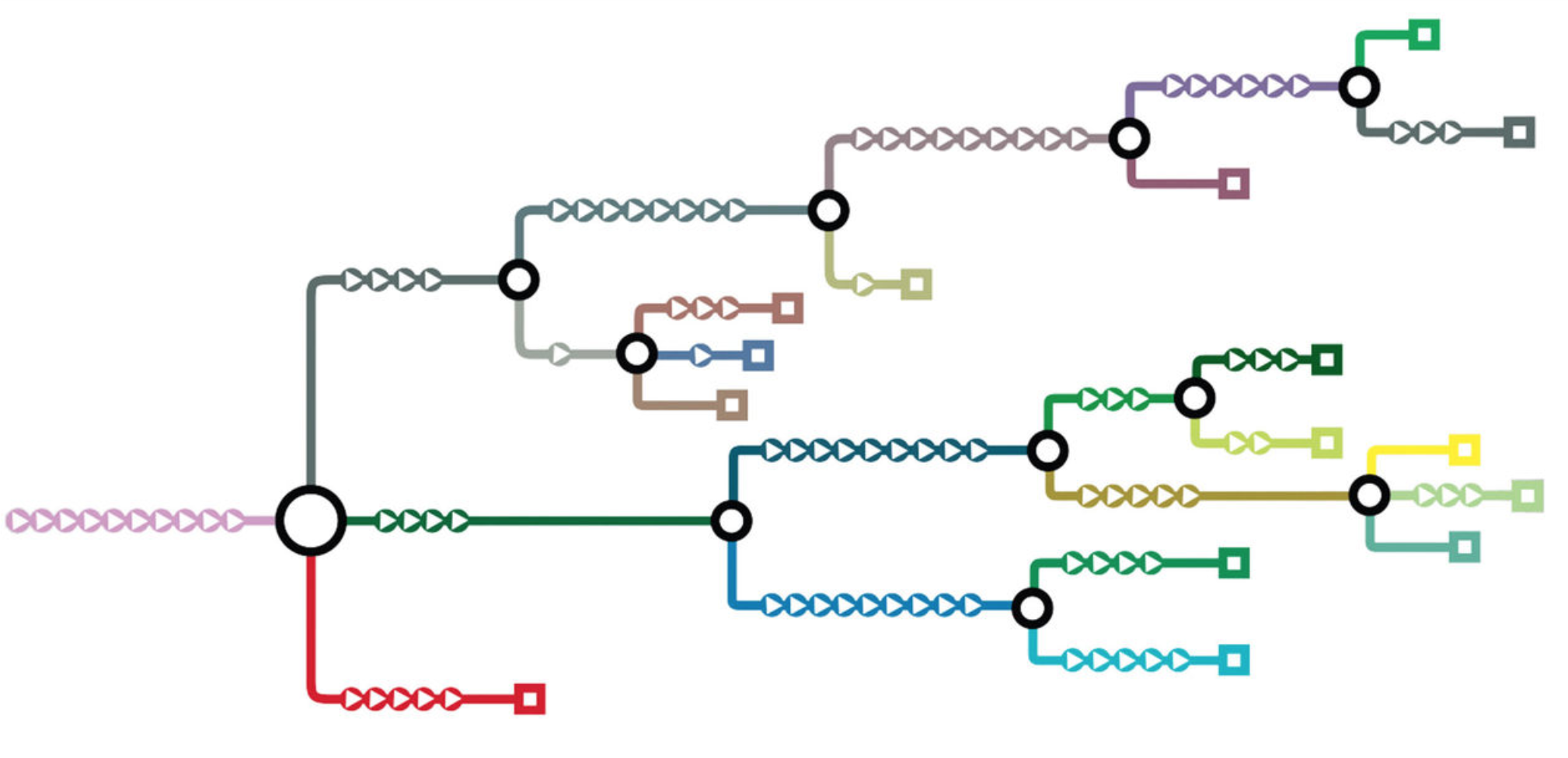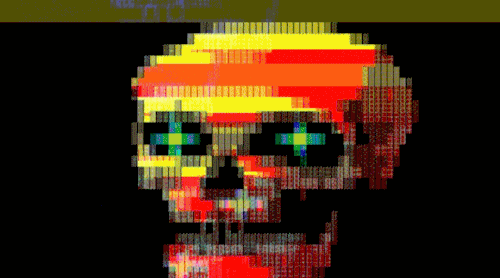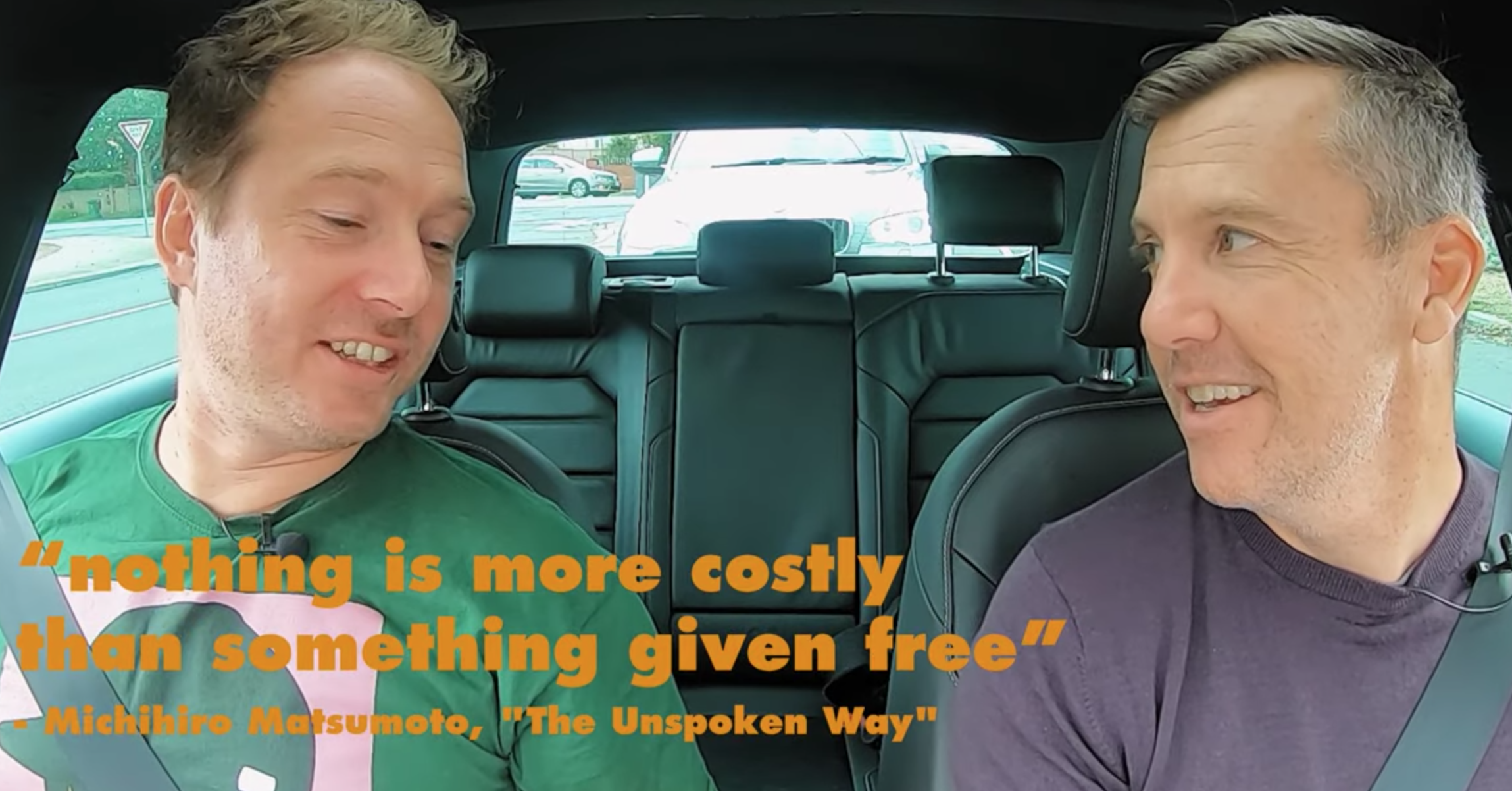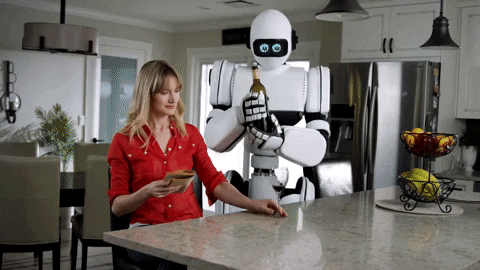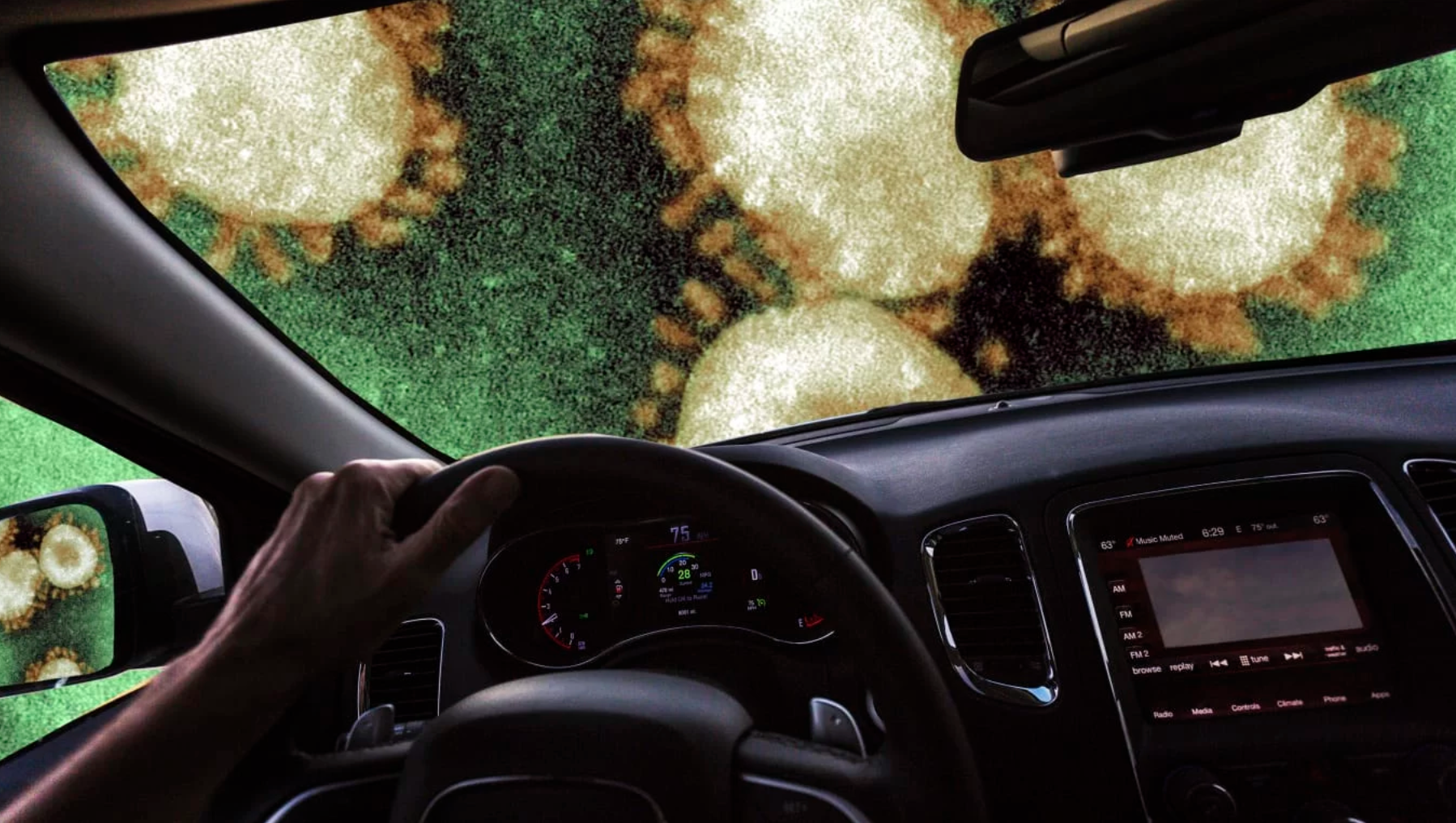
Over 100 million workers around the world are hoping even harder than their peers that they don’t come down with coronavirus COVID-19. Who are they? Those working in the gig economy, where benefits like sick leave are something they can’t rely on. The worst part? If they do get sick, they might just have to keep on working, which puts everyone else’s health at risk. It’s about time we got innovative to improve the gig economy for everyone.
Let’s be clear on one thing – the gig economy isn’t going away. It is not a short-term aberration, but a long-term shift. Currently, the number of gig workers is growing more than 30% every year.
In the past, the reason we became employees was because the place of work was centralised – all the tools to do our jobs resided only in factories and offices. It was also difficult to find, train, ratify the skills and organise the work of people who weren’t under a company’s direct control. But the trajectory of technology today tells us that this is no longer the case. The traditional employee is no longer required and lower paid gig work is just the start of a freelance future for all. Sure, companies will still need to get things done, but they don’t need employees. The latest ABS data shows that 30% of adults participated in freelance work this month. Additionally, it is predicted that by 2027 there will be more independent workers than PAYG wage earners in Australia.
At the dawn of the industrial revolution, the major tools of production (think factory), became centralised. Before this, the large majority of labour was undertaken independently, either on the farm or as a craftsman. When we industrialised, people came to the cities en masse to partake in higher-paid work for large firms. To remove the friction of finding and training every week, workers became employees of the firm. This quasi-permanent engagement between the parties extended into office work as we entered the information phase of industrialised economies.
Fast forward to today and the friction of labour is being removed rapidly. The technology in our homes is as good as any office. Most forms of information work can be done anywhere, with NASA-powered computers in our pockets. Disparate labour can be organised around the world too, in real time. In the future, I believe that most people won’t be employees, but ‘digital craftspeople’ who hire their time to one, or many organisations. I’ll go as far to predict that within 50 years we’ll see global multi-billion dollar corporations with exactly zero employees. All their work will be performed by independent contractors – Uber on steroids. This will happen not only because it’s logistically possible, but far more profitable.
Problem: The current situation for gig workers is sub-optimal. Workers fought hard over decades for access to safe workplaces and fair remuneration, but these rights are now being eviscerated. Benefits like annual leave, sick leave, training, OH&S standards and superannuation have conveniently become the responsibility of the worker. This is a problem when we have economic shocks like the coronavirus. We don’t need to ban gig work, or make gig workers employees. We can be smarter than that. All we need is structural innovation and we only need look as far as superannuation to find an answer.
Gig Worker 2.0
It wasn’t until 1983 that employee superannuation contributions started with The Accord and became mandatory in Australia in 1992. Prior to that, superannuation was a benefit bestowed on only the fortunate few and workers with strong unions. What we need now is a new kind of gig worker benefit scheme akin to superannuation. This benefit scheme would provide a form of security for gig economy workers. For example, a simple percentage loading on labour fees could go into a fund to create employee-style benefits (annual leave, sick leave, superannuation etc) for gig workers, paid for by the firms hiring gig labour. Gig workers currently forego these benefits many of us take for granted. This way, gig workers can maintain their living standards and dignity while they are making their economic contribution . Governments the world over would do well to implement such a policy.
While the numbers would need to be verified, I would estimate the gig worker loading should be around 20%. While that might sound quite high, studies show that employee on-costs are anywhere up to 50% of their wages. If firms employing flexible labour say it won’t work – then I’d argue they don’t have a sustainable business model in the first instance.
The fund would need be in the worker’s name and ported wherever they perform gig labour. If we managed to pass such a law, our economy would be better placed to cope with the long-term shift to independent labour gigs, remain flexible, but also be able to cope with periodic shocks to the economy. It could also invent an entire industry for Australia – one whose model could actually become an export.
A New Industry
At some point in the near future, a smart government somewhere will implement such a policy (which is better than forcing gig workers to become employees), and lead the world in inventing an entirely new industry. In Australia alone, our Superannuation industry (which was spawned by the union movement) is now a $2.7 trillion industry and the 4th largest pension fund asset holder in the world. We’ve led the way. If we are first to set up this kind of a policy structure, we could export the financial management model of gig support the world over. However, this takes foresight, courage and political will.
Unions & The Gig Economy
Union memberships are in steep decline – it’s now less than 15% of workforce. In 1960, it was 60%. It is difficult to see a future for unions. unless they reinvent themselves and pivot to offering non-union workers something they need in the future. Fighting for gig economy workers is the perfect innovation staring the union movement in the face. Unions should start focusing on representing new types of labour, who have powerful forces (like Big Tech) exploiting them. Enter, gig workers. Fuelling the erosion of the union member base is a myopic view of the type of labour that fits their model. They have an opportunity right now to go beyond traditional blue collar work, start a movement and become relevant again. Instead of using standover tactics to create profit share and inordinate wage rises, they can focus on what gave them relevance over 100 years ago, and that is fighting for fairness and a sustainable workforce.
If there’s anything we need in our economy, it is regulatory innovation to match the rapidly changing technology driven labour market. Yes – governments need to innovate too.
I spoke about this topic on ABC radio yesterday – click here to listen.
– – –
